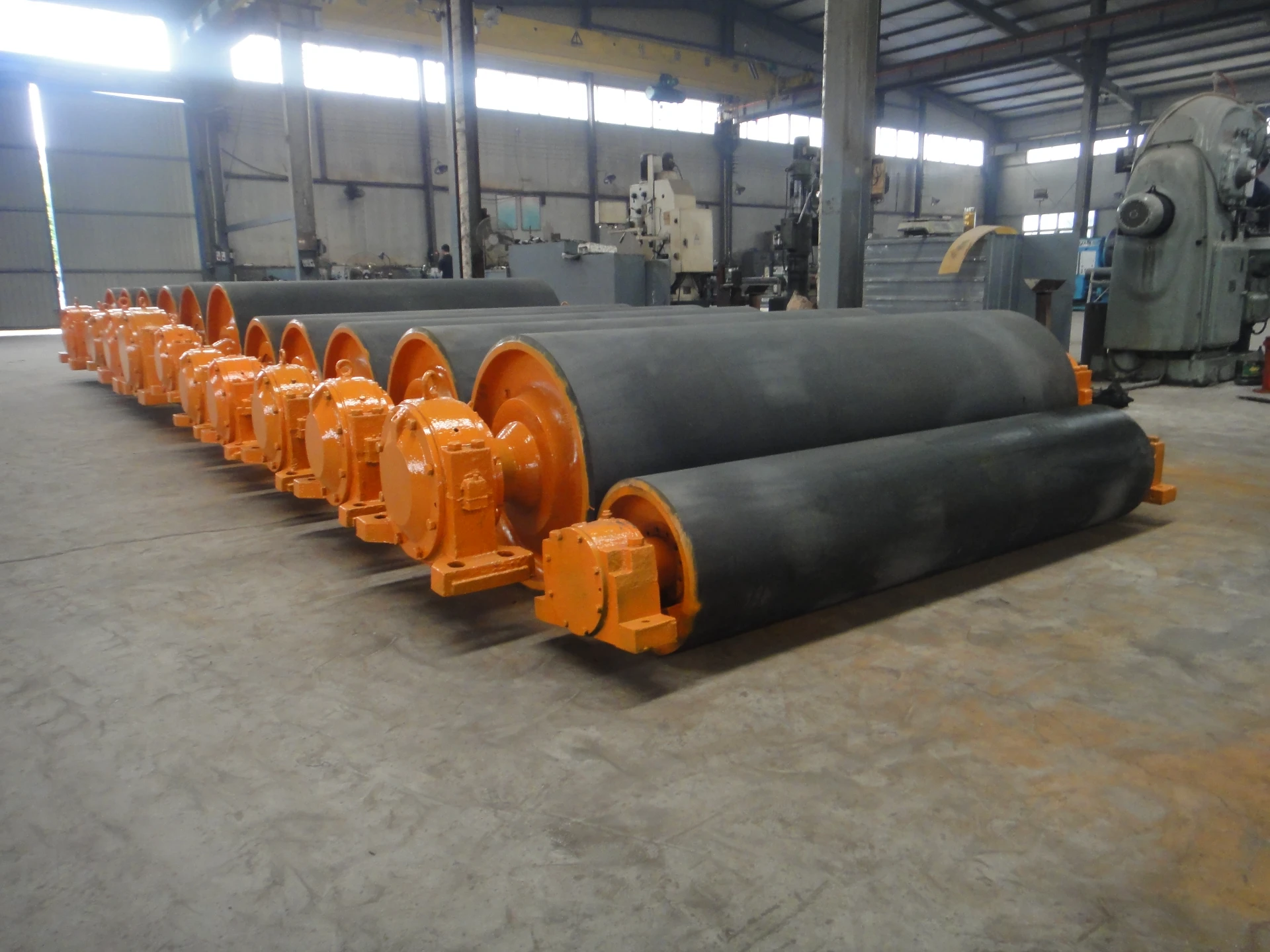 Afrikaans
Afrikaans  Albanian
Albanian  Amharic
Amharic  Arabic
Arabic  Armenian
Armenian  Azerbaijani
Azerbaijani  Basque
Basque  Belarusian
Belarusian  Bengali
Bengali  Bosnian
Bosnian  Bulgarian
Bulgarian  Catalan
Catalan  Cebuano
Cebuano  Corsican
Corsican  Croatian
Croatian  Czech
Czech  Danish
Danish  Dutch
Dutch  English
English  Esperanto
Esperanto  Estonian
Estonian  Finnish
Finnish  French
French  Frisian
Frisian  Galician
Galician  Georgian
Georgian  German
German  Greek
Greek  Gujarati
Gujarati  Haitian Creole
Haitian Creole  hausa
hausa  hawaiian
hawaiian  Hebrew
Hebrew  Hindi
Hindi  Miao
Miao  Hungarian
Hungarian  Icelandic
Icelandic  igbo
igbo  Indonesian
Indonesian  irish
irish  Italian
Italian  Japanese
Japanese  Javanese
Javanese  Kannada
Kannada  kazakh
kazakh  Khmer
Khmer  Rwandese
Rwandese  Korean
Korean  Kurdish
Kurdish  Kyrgyz
Kyrgyz  Lao
Lao  Latin
Latin  Latvian
Latvian  Lithuanian
Lithuanian  Luxembourgish
Luxembourgish  Macedonian
Macedonian  Malgashi
Malgashi  Malay
Malay  Malayalam
Malayalam  Maltese
Maltese  Maori
Maori  Marathi
Marathi  Mongolian
Mongolian  Myanmar
Myanmar  Nepali
Nepali  Norwegian
Norwegian  Norwegian
Norwegian  Occitan
Occitan  Pashto
Pashto  Persian
Persian  Polish
Polish  Portuguese
Portuguese  Punjabi
Punjabi  Romanian
Romanian  Russian
Russian  Samoan
Samoan  Scottish Gaelic
Scottish Gaelic  Serbian
Serbian  Sesotho
Sesotho  Shona
Shona  Sindhi
Sindhi  Sinhala
Sinhala  Slovak
Slovak  Slovenian
Slovenian  Somali
Somali  Spanish
Spanish  Sundanese
Sundanese  Swahili
Swahili  Swedish
Swedish  Tagalog
Tagalog  Tajik
Tajik  Tamil
Tamil  Tatar
Tatar  Telugu
Telugu  Thai
Thai  Turkish
Turkish  Turkmen
Turkmen  Ukrainian
Ukrainian  Urdu
Urdu  Uighur
Uighur  Uzbek
Uzbek  Vietnamese
Vietnamese  Welsh
Welsh  Bantu
Bantu  Yiddish
Yiddish  Yoruba
Yoruba  Zulu
Zulu Design and Functionality of Idler Bearing Housings in Mechanical Applications
Understanding Idler Bearing Housing A Comprehensive Overview
Idler bearing housings play a crucial role in the machinery and manufacturing sectors, particularly in systems that involve belts and pulleys. These specialized components are often overlooked, yet they are significant in ensuring the smooth functioning of various mechanical systems.
What is an Idler Bearing Housing?
An idler bearing housing is a casing that houses idler bearings, which support rotating shafts and allow for smooth motion. These housings are designed to facilitate minimal friction and wear while ensuring the proper alignment and positioning of the bearings. They are typically found in conveyor systems, textile machines, and various types of industrial machinery where belt movement is essential.
Importance of Idler Bearing Housing
The primary function of idler bearing housings is to provide stability and support to the bearings they contain. Proper alignment of the bearings within the housing is critical for the efficiency of the entire mechanical system. Any misalignment can lead to increased wear on the bearings, which can cause premature failure. This, in turn, may result in costly downtime and repairs.
Moreover, idler bearing housings protect the bearings from external contaminants such as dust, dirt, and moisture. This protective feature not only extends the lifespan of the bearings but also ensures that the machines operate effectively and consistently. A well-maintained idler bearing housing will enhance the reliability of the entire system, leading to improved productivity.
Design and Materials
idler bearing housing

Idler bearing housings come in various designs and configurations, depending on their application requirements. Common designs include cast iron, aluminum, and polymer housings, each selected based on factors such as strength, weight, and corrosion resistance. The choice of materials is essential, as it directly impacts the durability and functionality of the housing.
In addition to material considerations, the design must accommodate specific dimensions and bearing types. A well-designed housing will enable easy installation and maintenance of the bearings, making it easier for operators to replace or service them when needed. Rotating shafts often produce vibrations; hence, the design of idler bearing housing often incorporates features that can dampen these vibrations, enhancing overall performance.
Maintenance and Care
To ensure the longevity and optimal performance of idler bearing housing, routine maintenance is essential. Regular inspections should be conducted to check for signs of wear or damage. Bearings should be lubricated according to manufacturer recommendations to minimize friction and prolong their life. Additionally, it is vital to keep the housing clean and free from debris to prevent any interference with the bearings’ operation.
In cases where idler bearing housings are exposed to harsh environments, such as high temperatures or corrosive substances, additional precautions should be taken. This may involve using specialized coatings or selecting materials specifically designed to withstand such conditions.
Conclusion
In summary, idler bearing housings are integral components that significantly impact the efficiency and reliability of various mechanical systems. Their role in supporting and protecting bearings cannot be overstated. By understanding the importance of these housings, industry professionals can make informed decisions when selecting and maintaining them. Investing in high-quality idler bearing housings, coupled with regular maintenance, is essential for optimizing machinery performance and minimizing operational disruptions.
-
Revolutionizing Conveyor Reliability with Advanced Rubber Lagging PulleysNewsJul.22,2025
-
Powering Precision and Durability with Expert Manufacturers of Conveyor ComponentsNewsJul.22,2025
-
Optimizing Conveyor Systems with Advanced Conveyor AccessoriesNewsJul.22,2025
-
Maximize Conveyor Efficiency with Quality Conveyor Idler PulleysNewsJul.22,2025
-
Future-Proof Your Conveyor System with High-Performance Polyurethane RollerNewsJul.22,2025
-
Driving Efficiency Forward with Quality Idlers and RollersNewsJul.22,2025





























